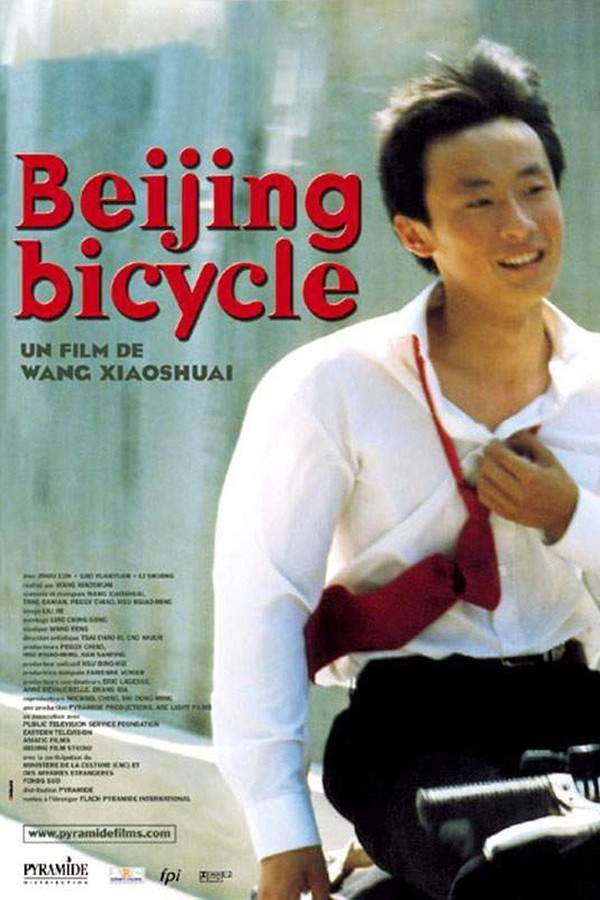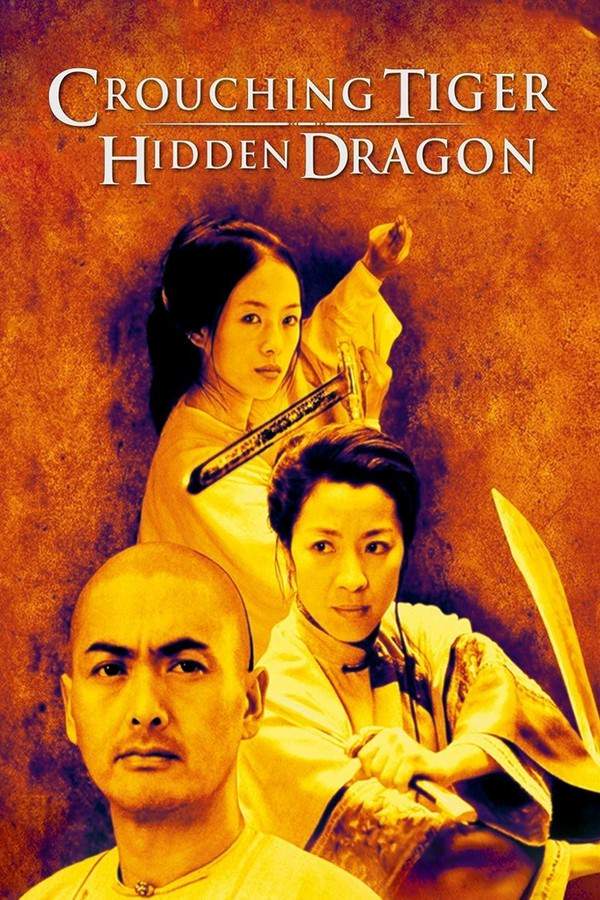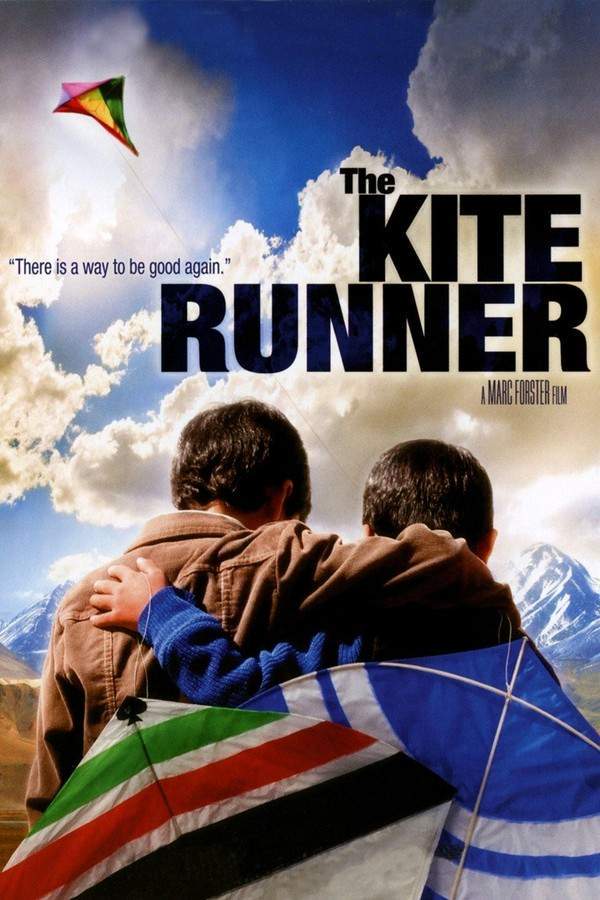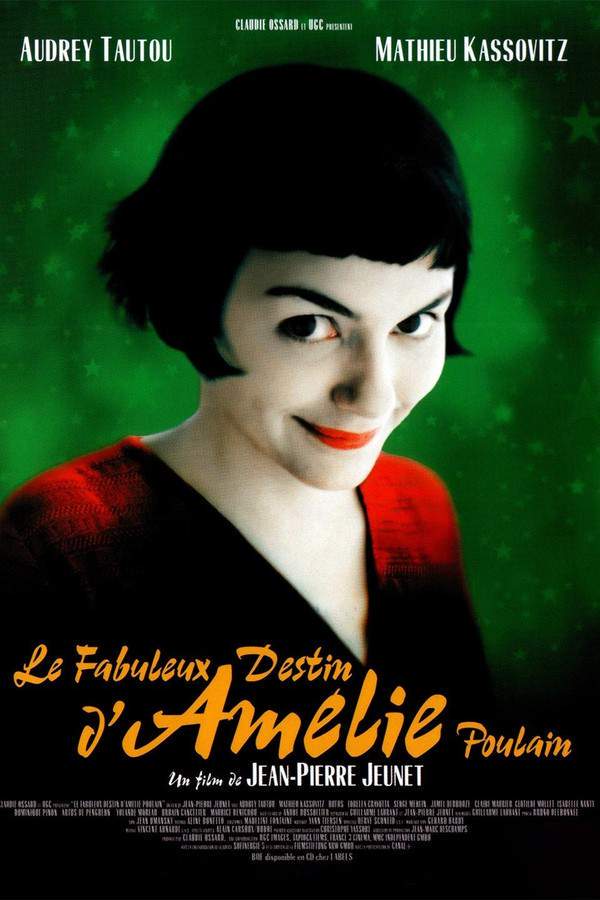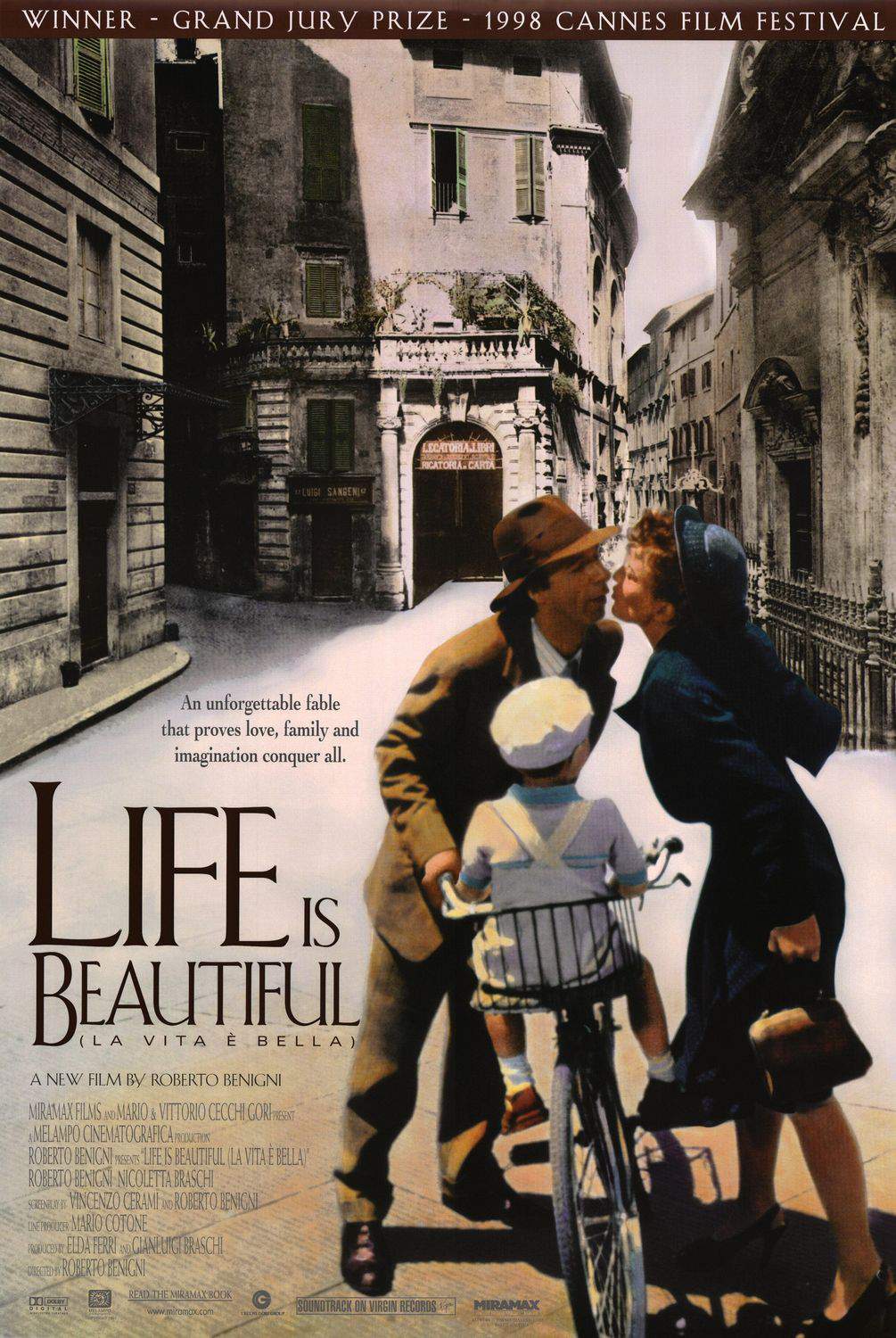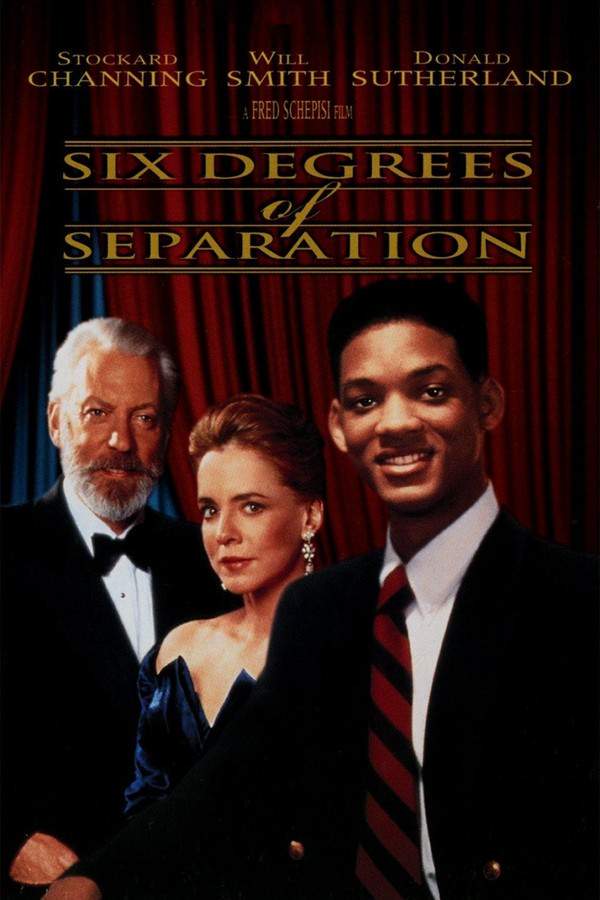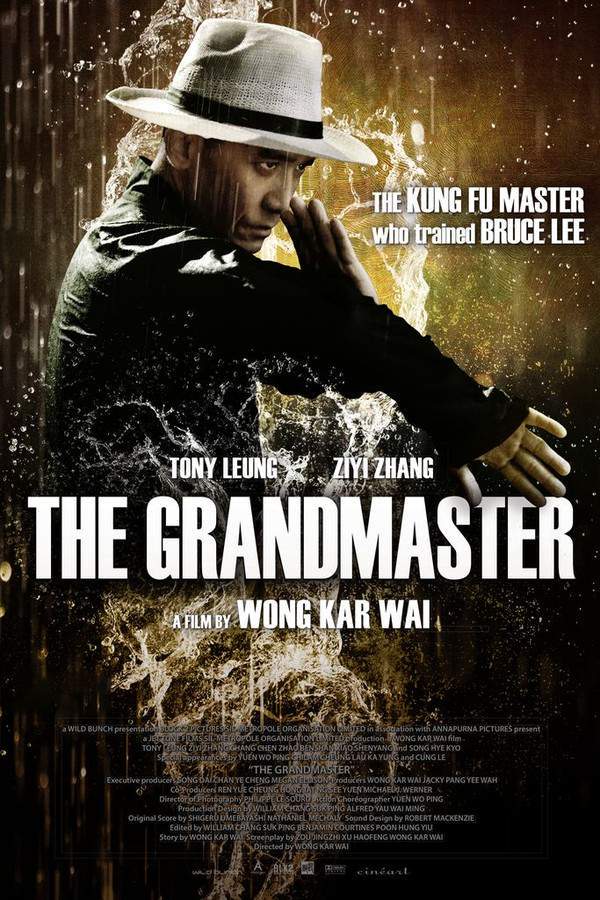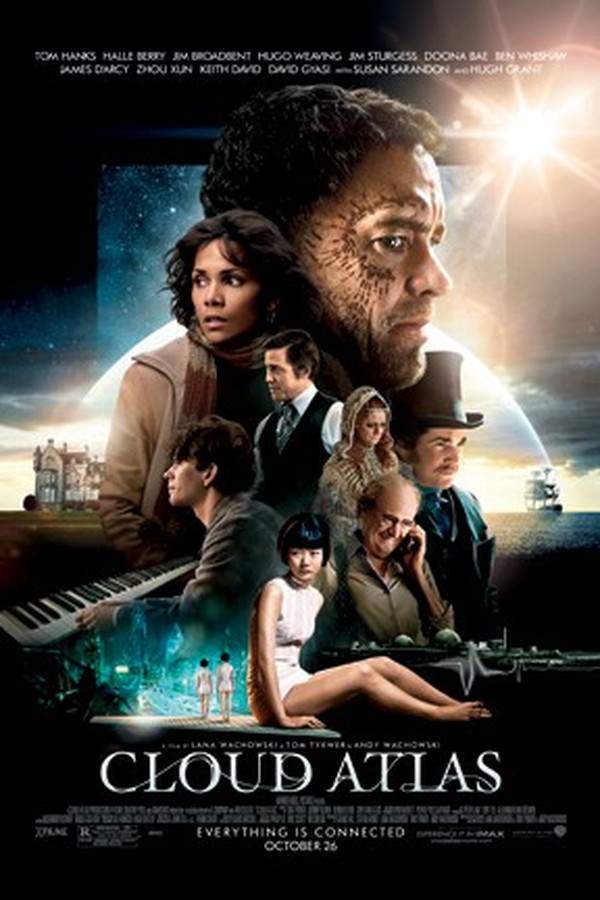What's After the Blog?
Culture • International Cinema
Exploring the Role of Film in Cultural Diplomacy
Discover the influential role of film in cultural diplomacy, exploring how cinema bridges cultural divides and fosters international understanding.
September 12, 2024

Movies mentioned in this article
Exploring the Role of Film in Cultural Diplomacy
Introduction
In the intricate tapestry of international relations, cultural diplomacy emerges as a soft power tool, fostering mutual understanding and cooperation between nations. At the heart of this cultural exchange is the film industry, which plays a pivotal role in shaping perceptions and bridging cultural divides. Movies are not just a source of entertainment; they are windows into diverse cultures, ideologies, and ways of life. They possess the unique ability to transcend geographical boundaries and language barriers, conveying universal emotions and stories that resonate globally. This exploration into the role of film in cultural diplomacy will uncover how cinema, as a form of art and communication, contributes significantly to international dialogue and understanding.
The power of film in cultural diplomacy lies in its ability to tell stories that reflect the complexities of human experiences, allowing viewers to embark on a journey into different worlds. From the heart-wrenching depiction of post-war Japan in Grave of the Fireflies to the vibrant celebration of Indian culture in Slumdog Millionaire, films offer a platform for diverse narratives to be shared and understood on a global stage. As we delve into this role of cinema, we discover its profound impact on international relations and cultural exchange.
The Historical Context of Film in Cultural Diplomacy
The use of film as a tool for cultural diplomacy has historical roots dating back to the early 20th century. Initially, films were used as propaganda tools, particularly during wartime, to convey certain political messages or nationalistic sentiments. However, as the film industry evolved, so did its role in cultural diplomacy. The post-World War II era saw the emergence of film as a medium for cultural exchange, with countries using cinema to rebuild relationships and promote understanding.
This transition is evident in the way films began to portray stories and characters from various cultural backgrounds. The Italian Neorealism movement, for instance, with films like Bicycle Thieves, presented a raw and honest depiction of life in post-war Italy, offering an alternative perspective to the outside world. Similarly, the French New Wave brought global attention to French society and culture, with films like The 400 Blows challenging conventional narrative forms and addressing social issues.
The role of film in cultural diplomacy further expanded with the advent of international film festivals. Events like the Cannes Film Festival and the Berlin International Film Festival became platforms for showcasing films from around the world, fostering cross-cultural dialogue and appreciation. These festivals not only introduced global audiences to different cinematic styles and stories but also provided opportunities for filmmakers from various countries to collaborate and exchange ideas.
Pioneering Films in Cultural Diplomacy
Certain films have been particularly influential in bridging cultural gaps and fostering international understanding. Crouching Tiger, Hidden Dragon, for example, played a significant role in introducing Chinese martial arts and philosophy to Western audiences, breaking stereotypes and sparking interest in Chinese culture. On the other hand, The Kite Runner, based on Khaled Hosseini’s novel, provided a poignant insight into Afghan culture and history, challenging prevailing perceptions and humanizing its portrayal in the media.
In this historical context, film emerges not just as a reflection of societal changes but as a catalyst for cultural exchange and diplomacy. It demonstrates the capacity of cinema to build bridges, heal post-conflict wounds, and promote global understanding, making it an indispensable tool in the realm of international relations.
What Makes a Film Effective in Cultural Diplomacy?
The effectiveness of a film in cultural diplomacy hinges on its ability to resonate across different cultures while maintaining authenticity. It’s about striking a balance between universal themes and specific cultural nuances. A film becomes an effective tool in cultural diplomacy when it transcends its national origin and speaks to a global audience, while still presenting an authentic portrayal of its cultural context. For instance, Amélie, a French film, captivated audiences worldwide with its charming portrayal of Parisian life, yet its themes of love, loneliness, and the pursuit of happiness were universally relatable. Similarly, Parasite from South Korea, while deeply rooted in the socio-economic fabric of Korean society, addressed the universal issues of class struggle and inequality, resonating with a global audience.
These films demonstrate how cinema can serve as a bridge between different cultures, fostering empathy and understanding. They also highlight the role of filmmakers in cultural diplomacy. Directors, writers, and actors collaborate to create stories that reflect their cultural heritage but are crafted in a way that is accessible and appealing to an international audience. This involves careful consideration of narrative structures, character development, and thematic elements to ensure that the film communicates effectively across cultural boundaries.
The Impact of Cinematic Storytelling on Perception
Cinematic storytelling has the power to shape perceptions and attitudes towards other cultures. By presenting characters and stories that are relatable and humanizing, films can challenge stereotypes and prejudices. For example, Life is Beautiful, an Italian film set during the Holocaust, used humor and tragedy to convey the human aspects of an incredibly dark period in history. It offered a different lens through which to view this historical event, impacting how audiences around the world perceived and understood the experiences of those who lived through it.
Case Studies: Films as Cultural Ambassadors
Several films have stood out as cultural ambassadors, playing a pivotal role in enhancing mutual understanding and fostering diplomatic relations. The Kite Runner, adapted from Khaled Hosseini’s novel, is a notable example. By bringing to life the story of two boys in Kabul, the film offered a window into Afghan culture and history, countering the often negative portrayal in Western media. It sparked conversations about Afghanistan’s cultural and social dynamics, contributing to a more nuanced understanding of the country.
Another significant example is Crouching Tiger, Hidden Dragon, which became a global phenomenon. The film’s success lay in its ability to blend traditional Chinese martial arts with a universally engaging narrative. It not only captivated audiences worldwide but also opened the door for other Asian films in the international market, fostering a greater appreciation for Asian cinema and culture.
How Films Influence International Relations
The influence of these films extends beyond the cultural sphere into the realm of international relations. By presenting different cultures in a more empathetic and relatable light, films can soften diplomatic relations and pave the way for collaboration. For instance, the global success of Bollywood movies has played a role in enhancing India’s soft power, strengthening its cultural and diplomatic ties with various countries. Similarly, the Iranian film industry, despite the country’s complex political landscape, has garnered international acclaim, fostering cultural exchange and dialogue.
These case studies illustrate the profound impact that films can have as tools of cultural diplomacy. They showcase cinema’s unique ability to transcend borders, build bridges between communities, and contribute to a more interconnected and understanding world.
How Do International Film Festivals Contribute to Cultural Diplomacy?
International film festivals play a crucial role in cultural diplomacy by providing a platform for filmmakers to showcase their work to a global audience. These festivals are not just events for screening films; they are cultural exchanges where ideas, perspectives, and stories are shared and celebrated. Festivals like Cannes, Sundance, and Berlinale have become melting pots of cultural diversity, where filmmakers, critics, and audiences from different corners of the world come together.
The impact of these festivals in cultural diplomacy is multifaceted. Firstly, they provide exposure to films that might not otherwise receive international attention, thus broadening the audience’s cultural horizons. For example, films like A Separation from Iran and Roma from Mexico garnered worldwide attention and acclaim after being featured in international festivals. Secondly, these festivals encourage dialogue and understanding among cultures. They facilitate discussions and panels where filmmakers and audiences engage on various topics, fostering a deeper understanding of different societal issues and cultural backgrounds.
Bridging Cultural Divides Through Shared Experiences
Film festivals also act as bridges, connecting people through shared cinematic experiences. They demonstrate the universality of human emotions and experiences, regardless of cultural or geographical differences. For instance, a documentary about human rights issues in one part of the world can resonate with audiences elsewhere, creating empathy and awareness. This shared experience becomes a powerful tool in breaking down cultural stereotypes and promoting global understanding.
The Power of Co-Productions in Bridging Cultures
Co-productions, where two or more countries come together to produce a film, are another significant aspect of film in cultural diplomacy. These collaborations are not just financial partnerships; they are cultural exchanges that blend different artistic visions, narratives, and cultural elements. Co-productions can be seen as a form of ‘film diplomacy,’ where the collaborative process fosters mutual respect and understanding among the participating countries.
Films like The Grandmaster, a co-production between Hong Kong and China, and Cloud Atlas, a German-American production, exemplify the potential of co-productions in creating a unique fusion of storytelling styles and perspectives. These films not only combine resources and talents from different countries but also present stories that transcend a single cultural narrative, appealing to a diverse international audience.
Enhancing Cross-Cultural Understanding Through Collaboration
The collaborative nature of co-productions enhances cross-cultural understanding among filmmakers and, by extension, their audiences. By working together, filmmakers gain insights into different cultural practices, storytelling techniques, and audience preferences. This exchange enriches the film production process, resulting in movies that are more nuanced and globally relevant.
In conclusion, both international film festivals and co-productions are vital components of cultural diplomacy in the film industry. They foster cultural exchange, promote mutual understanding, and contribute to the global dialogue, making the world of cinema an integral part of international relations and cultural exchange.
Challenges and Opportunities in Film-Based Cultural Diplomacy
While film is a powerful medium for cultural diplomacy, it is not without its challenges. One significant challenge is navigating the varied landscape of censorship and cultural sensitivities. Films that aim to portray certain cultural or political realities might face censorship or backlash, limiting their impact and reach. For example, a film that critically explores a sensitive political issue in one country might be banned or edited in another, affecting its authenticity and message. This necessitates a delicate balance for filmmakers - to remain true to their artistic vision while being mindful of global audiences and their diverse cultural contexts.
Another challenge is the risk of cultural appropriation or misrepresentation in films. When filmmakers explore cultures outside their own, there’s a potential to unintentionally misrepresent or oversimplify those cultures, leading to criticism and controversy. This highlights the importance of research, cultural consultation, and sensitivity in the filmmaking process, ensuring that representations are respectful and accurate.
Opportunities for Growth and Exchange
Despite these challenges, there are significant opportunities in film-based cultural diplomacy. With the rise of streaming platforms and digital distribution, films can reach a wider, more diverse audience than ever before, amplifying their impact in cultural exchange. Platforms like Netflix and Amazon Prime have become conduits for showcasing international cinema, allowing viewers to explore and appreciate films from different cultures easily.
Furthermore, the increasing interest in global cinema presents opportunities for collaborative projects and co-productions, fostering cross-cultural partnerships and learning. These collaborations not only enrich the film industry but also contribute to stronger cultural and diplomatic ties between countries.
Conclusion
The role of film in cultural diplomacy is multifaceted and profound. Cinema, with its unique ability to tell stories that cross cultural and linguistic barriers, serves as a powerful tool for fostering understanding, empathy, and cooperation among nations. Through its portrayal of diverse narratives, film contributes to a richer, more inclusive global dialogue, bridging gaps and building connections.
As we continue to navigate a world of increasing interconnectivity and cultural complexity, the importance of film in international relations and cultural diplomacy cannot be overstated. It holds the power to not only entertain but educate, enlighten, and unite audiences across the globe. As cultural ambassadors, films carry the potential to transform perceptions, open minds, and ultimately, contribute to a more harmonious global community.
Stay connected with What’s After the Movie for more insightful discussions on the impact of cinema beyond the screen. Whether you’re exploring the cultural significance of films or curious about end credit scenes, ATM offers a comprehensive platform for all your cinematic inquiries and interests.
Join the Conversation
The exploration of film’s role in cultural diplomacy opens up a myriad of perspectives and interpretations. We invite you to join this conversation and share your own experiences and insights. Have you ever watched a film that changed your perception of a particular culture or country? Are there movies that you believe have significantly contributed to cultural understanding and diplomacy? Your thoughts and observations are a vital part of this discussion.
At What’s After the Movie, we believe that every film enthusiast brings a unique perspective to the table. Whether it’s a movie that introduced you to a new culture or a film that you think has made a significant impact on international relations, your insights enrich our collective understanding of cinema’s power in cultural diplomacy.
- Share Your Experiences: Tell us about films that have broadened your cultural horizons.
- Reflect on Impactful Movies: Discuss movies that you think have played a significant role in fostering cultural understanding.
- Explore Diverse Perspectives: Engage with other readers’ viewpoints and broaden your own cinematic and cultural knowledge.
Your participation helps us all appreciate the diverse and powerful ways in which cinema connects and enriches our global community.
Discover More at What’s After the Movie
Thank you for joining us on this exploration of the role of film in cultural diplomacy. We hope this journey has been enlightening and thought-provoking, offering a deeper appreciation of how cinema transcends entertainment to become a medium of cultural exchange and understanding. If you’re passionate about discovering the multifaceted world of movies, we invite you to delve deeper with us.
At What’s After the Movie, our commitment extends beyond just uncovering end credit scenes. We delve into the nuances of filmmaking, the stories behind the stories, and the cultural impacts of cinema. Here’s what you can explore with us:
- In-Depth Film Analysis: Dive deeper into your favorite films with our comprehensive analyses.
- Behind-The-Scenes Insights: Uncover the creative processes and collaborative efforts that bring movies to life.
- Cultural Perspectives in Cinema: Explore how films reflect and influence cultural and social dynamics.
Join us as we continue to celebrate the art of filmmaking and its role in shaping our world. Whether you’re a movie buff, a cultural enthusiast, or someone who loves to explore the deeper meanings behind cinema, What’s After the Movie is your gateway to a richer cinematic experience.
Continue reading

What's After the Movie?
Not sure whether to stay after the credits? Find out!
Explore Our Movie Platform
New Movie Releases (2025)
Famous Movie Actors
Top Film Production Studios
Movie Plot Summaries & Endings
Major Movie Awards & Winners
Best Concert Films & Music Documentaries
Movie Collections and Curated Lists
© 2025 What's After the Movie. All rights reserved.


